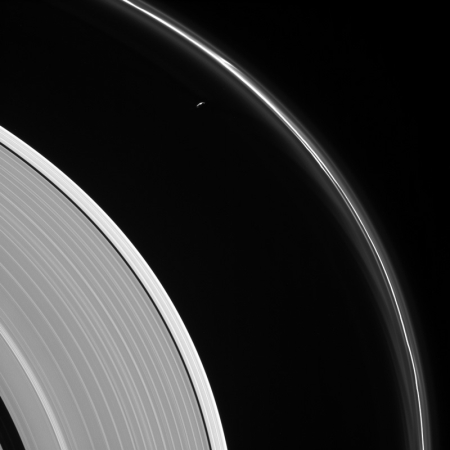Japanese launch scrubbed due to problem with rocket
Japan’s space agency JAXA scrubbed a Saturday launch of a GPS satellite because of a possible leak in the H2-A rocket’s helium pressurization system.
The Japanese have not released much information. However, the problem might be more serious than normal, because the rocket was still on the launchpad on Sunday, almost a day after the launch itself was scrubbed. Normally when a launch is scrubbed they move quickly to safe the rocket and get it back into the assembly building to assess the issue. That the rocket was not moved suggests they might be having a problem doing this.
Japan’s space agency JAXA scrubbed a Saturday launch of a GPS satellite because of a possible leak in the H2-A rocket’s helium pressurization system.
The Japanese have not released much information. However, the problem might be more serious than normal, because the rocket was still on the launchpad on Sunday, almost a day after the launch itself was scrubbed. Normally when a launch is scrubbed they move quickly to safe the rocket and get it back into the assembly building to assess the issue. That the rocket was not moved suggests they might be having a problem doing this.





